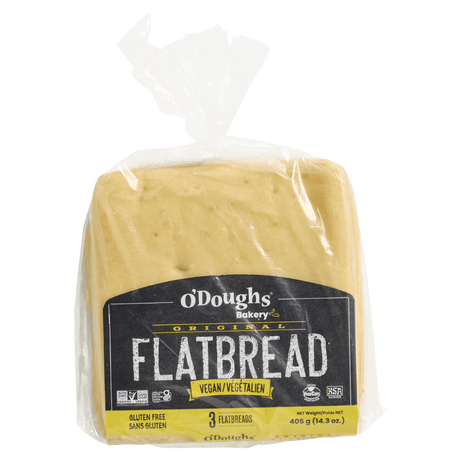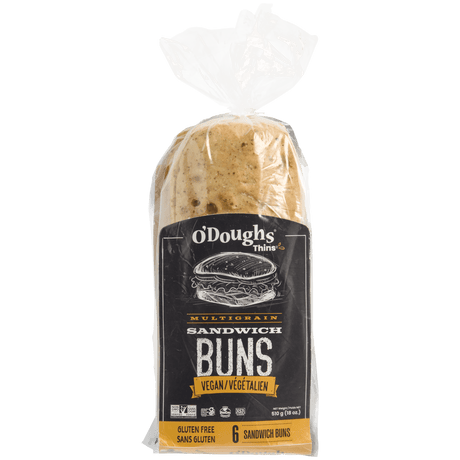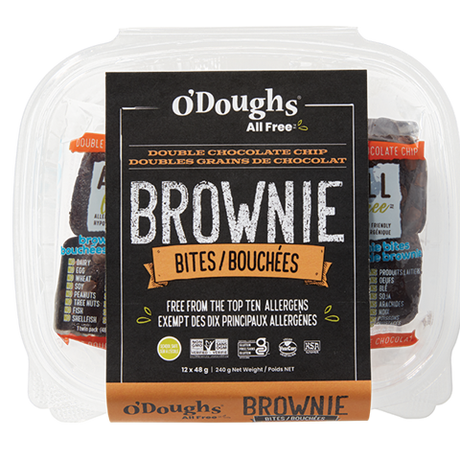THESE ELEMENTS INCLUDE:
Receiving
Receiving
Preventing allergen cross-contact begins when packaging materials and ingredients are received at our facility.
Storage
Storage
Segregation of allergen containing ingredients, use of colour coding and tagging with detailed procedures, minimizes the risk of allergen cross-contamination.
Equipment, And Process Design
Equipment, And Process Design
Allergen cross-contact of ingredients, in-process materials, and finished products for allergen-free items is minimized by utilizing dedicated equipment (food contact surfaces), packaging lines, utensils, and employee apparel to reduce the risk of allergen cross-contamination.
Production Schedule
Production Schedule
Controlling the scheduling of production runs is an effective method to prevent allergen cross-contact. O'Doughs ensures effective planning of scheduling allergen containing products from non-allergen containing products. Sample product is always sent to 3rd party lab for Allergen Testing Verification when switching from an Allergen Run to a Non-Allergen Run.
Cleaning And Sanitizing
Cleaning And Sanitizing
Proper and detailed cleaning and sanitizing takes place daily to ensure no cross-contamination from allergen residue occurs over time. O’Doughs uses certified and approved chemicals for this purpose. Effectiveness of cleaning and sanitation is verified using proper allergen swabs.
Employee Training For Allergen Handling
Employee Training For Allergen Handling
Employees are fully trained on segregation and allergen procedures before starting work on the production lines.
Good Manufacturing Practices
Good Manufacturing Practices
Continuous ongoing monitoring of good manufacturing practices (GMP) on the production floor at O’Doughs helps to eliminate and prevent allergen cross-contamination.









